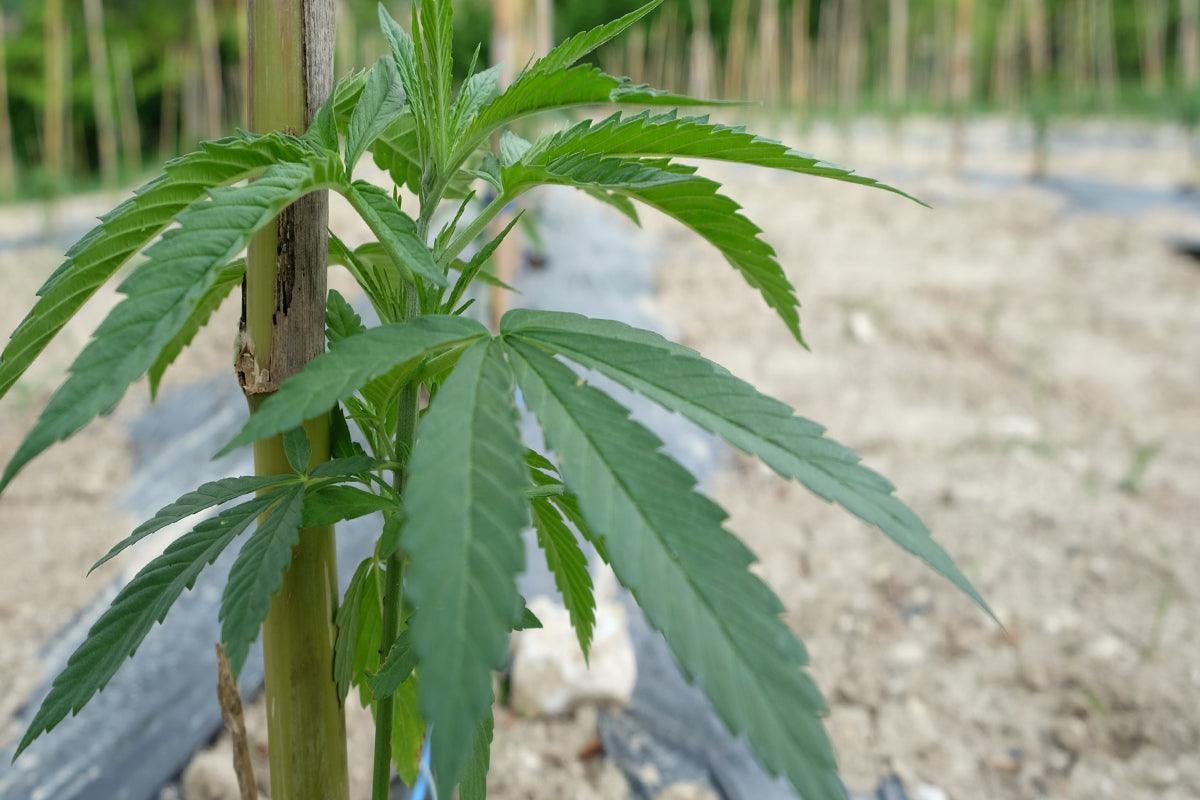Cannabis indica and cannabis sativa are two nomenclatures that we have heard very often. And which we tend to associate with the two primary types from which today's marijuana derives. The two species have traits in common and decidedly different aspects.
However, not all consumers or enthusiasts are able to distinguish them by eye. Or enumerate the differences in the effects that the intake of one or the other produces on humans.
Sativa Vs Indica
In addition to appearance and properties, the two plants differ in a multitude of things. The geographical origins, the size, the flowering times, and the genetics themselves.
Furthermore, clarifying the two species does not mean learning to recognize the "paternity" or belonging of any cannabis plant to this or that strain. For the simple reason that man's tendency to create hybrids between the two species has meant that the vast majority of cannabis in circulation today is the result of crosses.
Crossbreeding aimed mostly at obtaining some plants that lent themselves to simpler cultivation. With particular attention to indoor cultivation. Or a higher yield. Or simply to stimulate a specific effect in the consumer.
Genetics
The "strains" obtained from indica or sativa varieties ( White Widow , OG Kush and Diesel among the best known) present unique characteristics. But we will limit the discussion here to the two species in question.
If today we can talk about cannabis with full knowledge of the facts, it is also thanks to the pioneering studies of the French biologist Jean-Baptiste Lamarck. At the end of the eighteenth century, he realized that the two plants were different in conformation and resin production. And he imposed today's distinction between cannabis indica and cannabis sativa.
However, it should be specified that with the second definition Lamarck indicated what today we would call cannabis light : cannabis with very low quantities of THC.
Later, thanks to the remarkable adaptability of cannabis varieties and man's zeal, they spread throughout the world. In the early days they came from areas of the planet with different distribution and environmental characteristics.
Etymology
Cannabis indica owes its name to its origins from the Indian subcontinent (mainly Afghanistan, Pakistan, Northern India, Tibet and Nepal). While the idea that cannabis sativa comes from equatorial areas (Mexico, Colombia, Thailand...) is commonly accepted. It is therefore evident how the indica developed in a mountainous, or alternatively hot and arid, environment. While the sativa variety has adapted to the characteristics of a tropical, very humid, rainforest climate.
From this first consideration we understand why these two "sisters" have developed different morphology, growth, resin production and psychoactive effects.
The first useful indications to distinguish them from each other come precisely from the adaptation developed to the peculiarities of their natural habitat.
Vegetative conditions
Having to grow in an extremely humid and hot environment, cannabis sativa plants can reach heights of over four meters. With porous buds and long internodal spaces (the areas of the stem without branches). And the unmistakable light green leaves with thin fingers. This large shape allows it to improve ventilation and protect itself from the risk of developing mold from humidity.
On the contrary, cannabis indica had to develop defenses to resist the inhospitable mountainous climates and the aridity of the deserts, taking on a more "bushy" appearance. The plants are more densely branched, the leaves (dark green) have shorter and wider fingers, the buds are denser. And the growth of the stem is more limited. These are all strategies aimed at accumulating precious little humidity and protecting ourselves from extreme cold and heat.
This first look leads us to believe that cannabis indica is more "compact" and more suitable for indoor cultivation. Not requiring open spaces or distance from other plants. Another difference that can be found with a little attention is the distribution of the shoots. In the sativa variety they develop in width, along the entire length of the branches. In Indica, on the other hand, they tend to group together in "clusters" around the nodes of the branches and stem, developing smaller dimensions.
So far we have seen the morphological differences in relation to the climate of origin. And the climate has always affected the vegetative cycles of the two different species; in particular on the flowering period, i.e. the production of buds.
Indica has a faster flowering, but a slow recovery vegetative phase . The exact opposite for sativa, which has slower flowering but notable vegetative growth.
This being the case, the times between one harvest and another are roughly the same. Between six and twelve weeks for indica and between eight and sixteen for sativa.
The reasons for this last difference are simple. The “short” days in terms of light in tropical regions make sativa flowering slower. For the same reason it has developed the characteristic of not interrupting its growth during flowering. While on the other hand, the risk of developing mold during autumn accelerates the flowering phase of the indica.
Properties and differences
These different procedures give rise to inflorescences that are different not only in appearance but also in smell, flavor and properties. Sativa releases a lighter aroma, like a real "flower". Indica has a more pungent and strong odor, which is more easily perceivable.
As curious as it may seem, the flavors are polar opposites: Indica has a sweet, round taste; sativa is more bitter, sparkling . These are characteristics that also remain in their respective hybridizations.
Effects
And now a few words on how the different peculiarities of these plants have led them to develop different chemical characteristics. And therefore to induce different effects in the consumer. This is a delicate issue, partially tainted by the well-known individuality of the consumer. From his level of tolerance, due to his size and drinking habits, to his personality.
That is, only "trends" can be indicated, to which the habitual consumer or... trained in tasting is particularly sensitive.
While it is very complicated to attempt to indicate a range of effects in the countless hybrids, it is possible to do so with the two varieties examined.
The differentiation of the effects essentially depends on the different concentration of the various active ingredients contained mainly in the resins produced by the two species, in particular naturally THC and CBD.
Indica cannabis tends to have high levels of THC, while it has lower levels of CBD; the opposite for cannabis sativa. And in fact Lamarck had already realised, in his time, that the former had much stronger psychotropic qualities.
This doesn't mean that cannabis sativa doesn't get you high. Far from it, especially the varieties currently on the market and designed for recreational use. It is true, however, that the interaction between the two compounds in variable proportions produces different effects.
The sativa variety induces a more cerebrally stimulating effect ( high ), encouraging creative activities or mild, relaxing physical activities. Indica induces stronger sedation. Which can border on torpor ( stoned , in jargon), and is more suitable for introspection, listening to music, and relaxation tout court . The first is more euphoric, the second is calming, sedative.
The first has anxiolytic , antidepressant, painkiller qualities , and is also suitable for daytime use. While the qualities of the indica tend to relax, counteract nausea and stimulate the appetite .
And it lends itself more to evening hours, or which do not require dynamism and quick reasoning.
To the wise...







